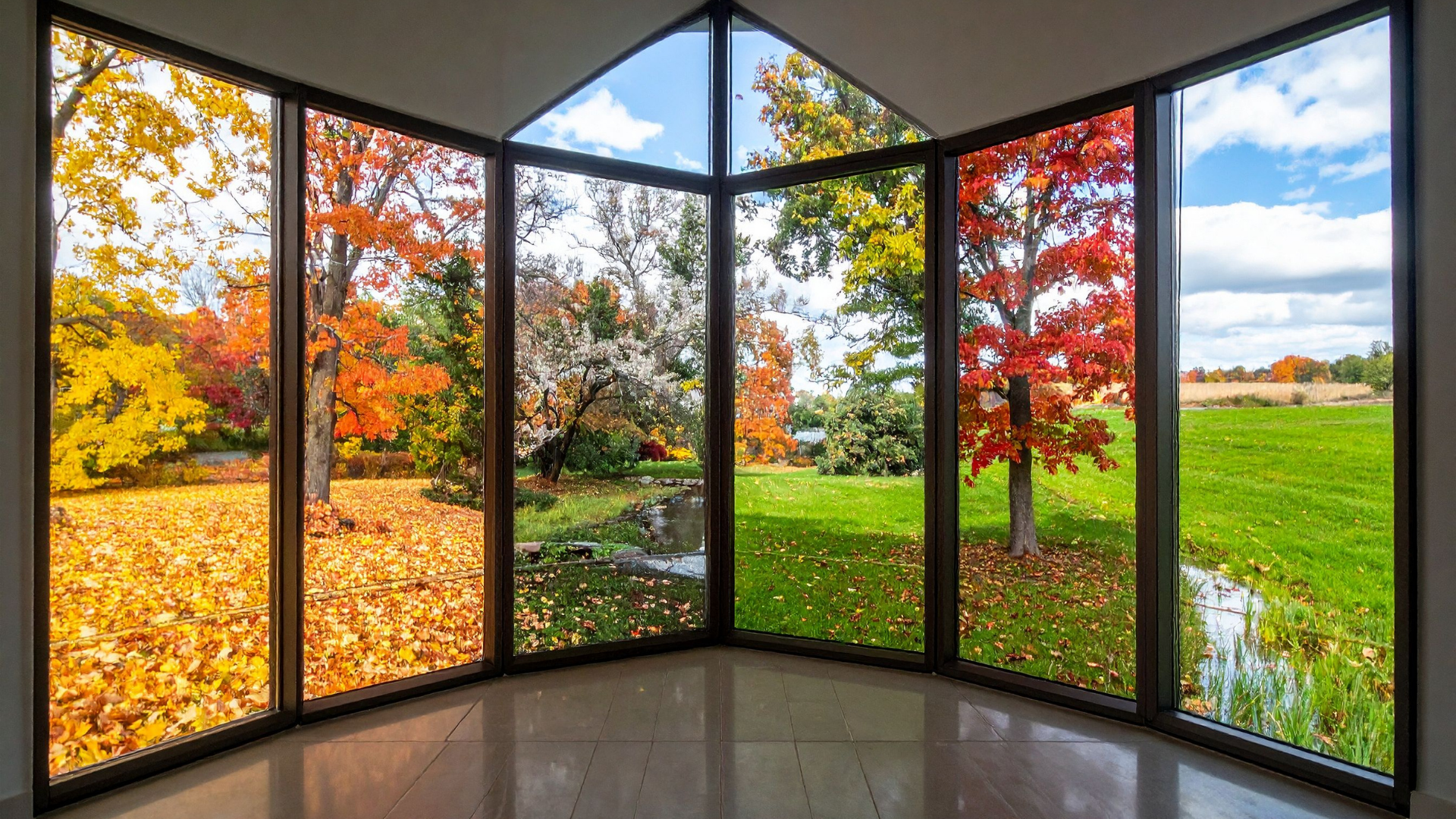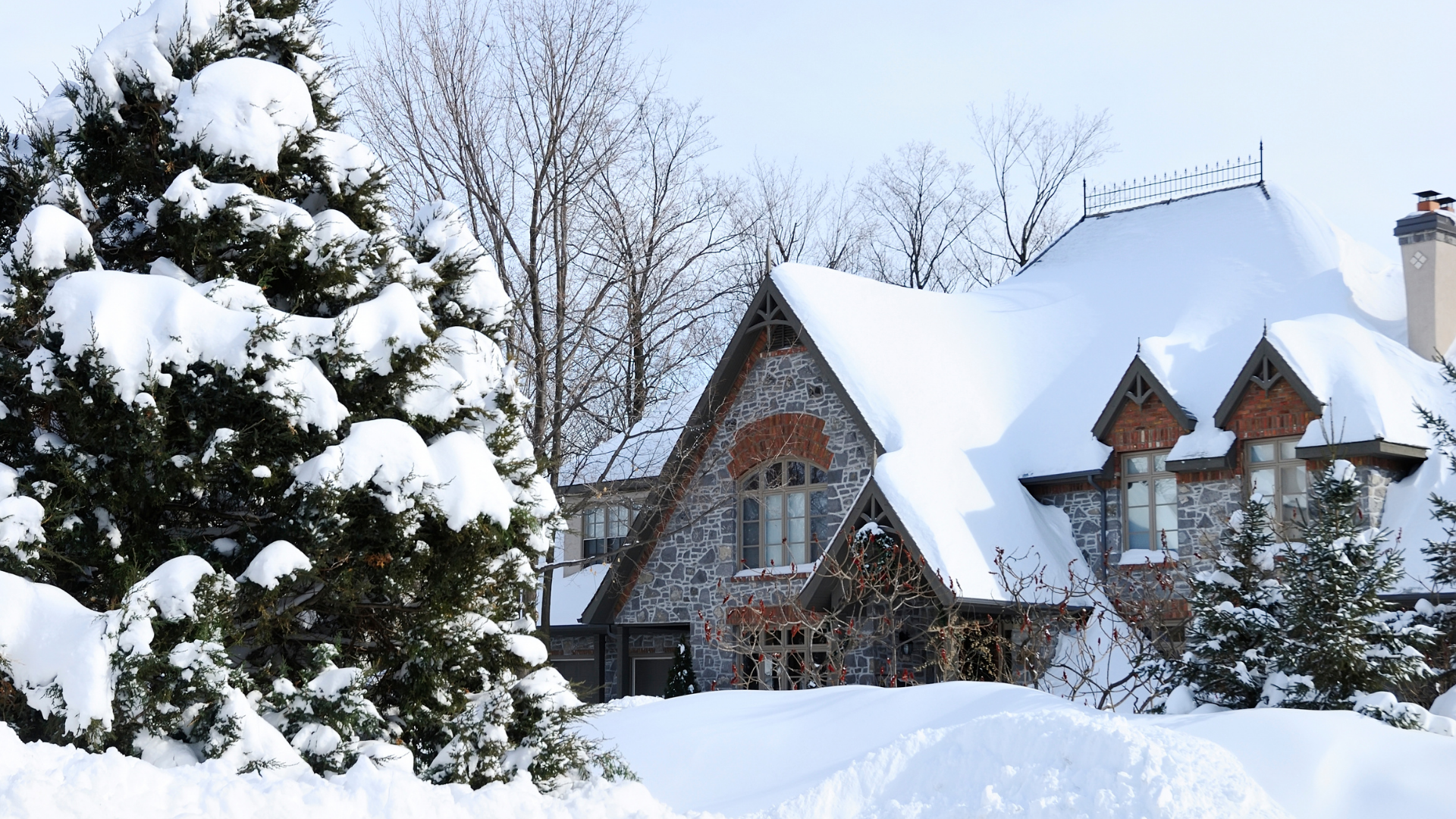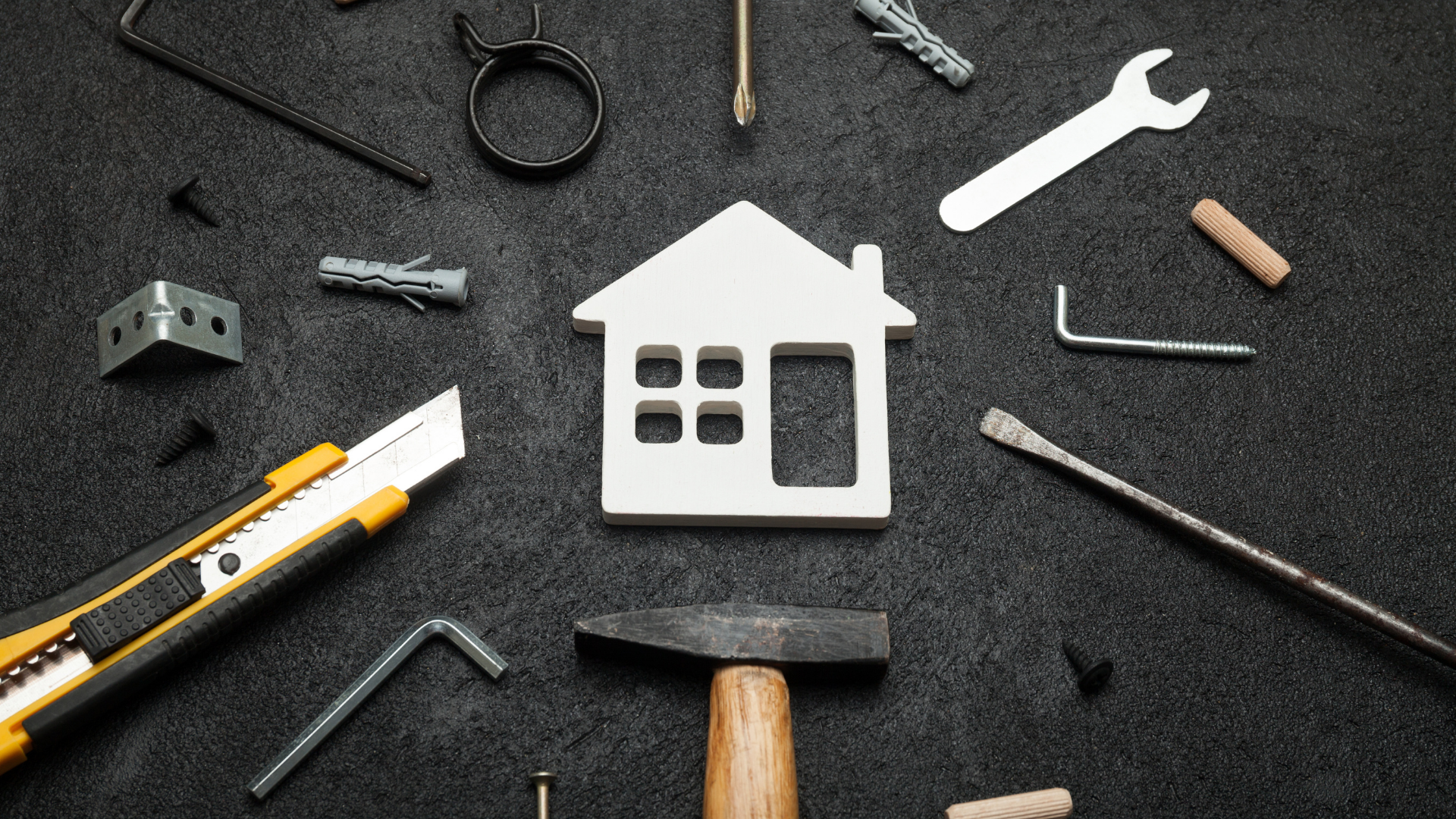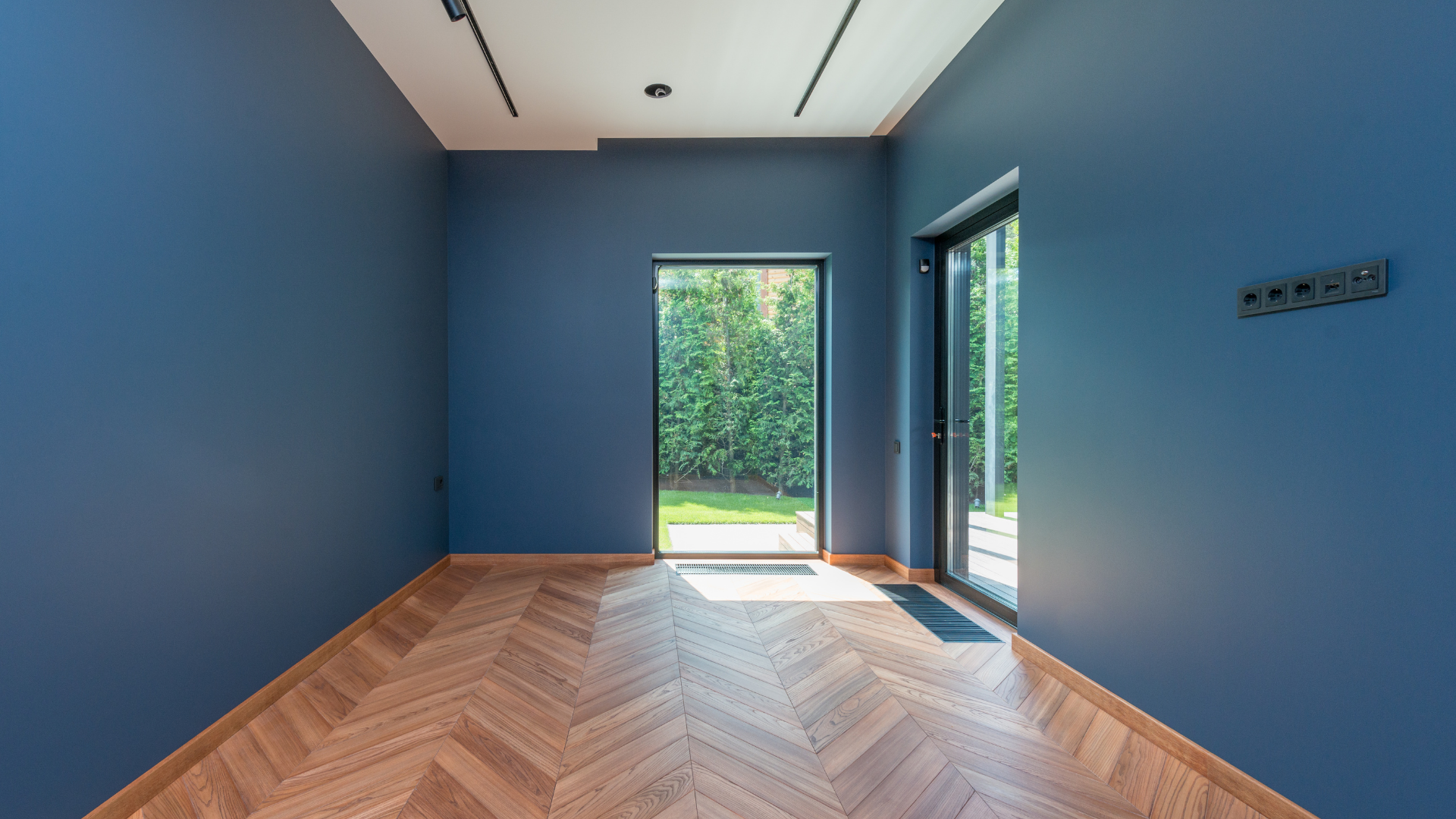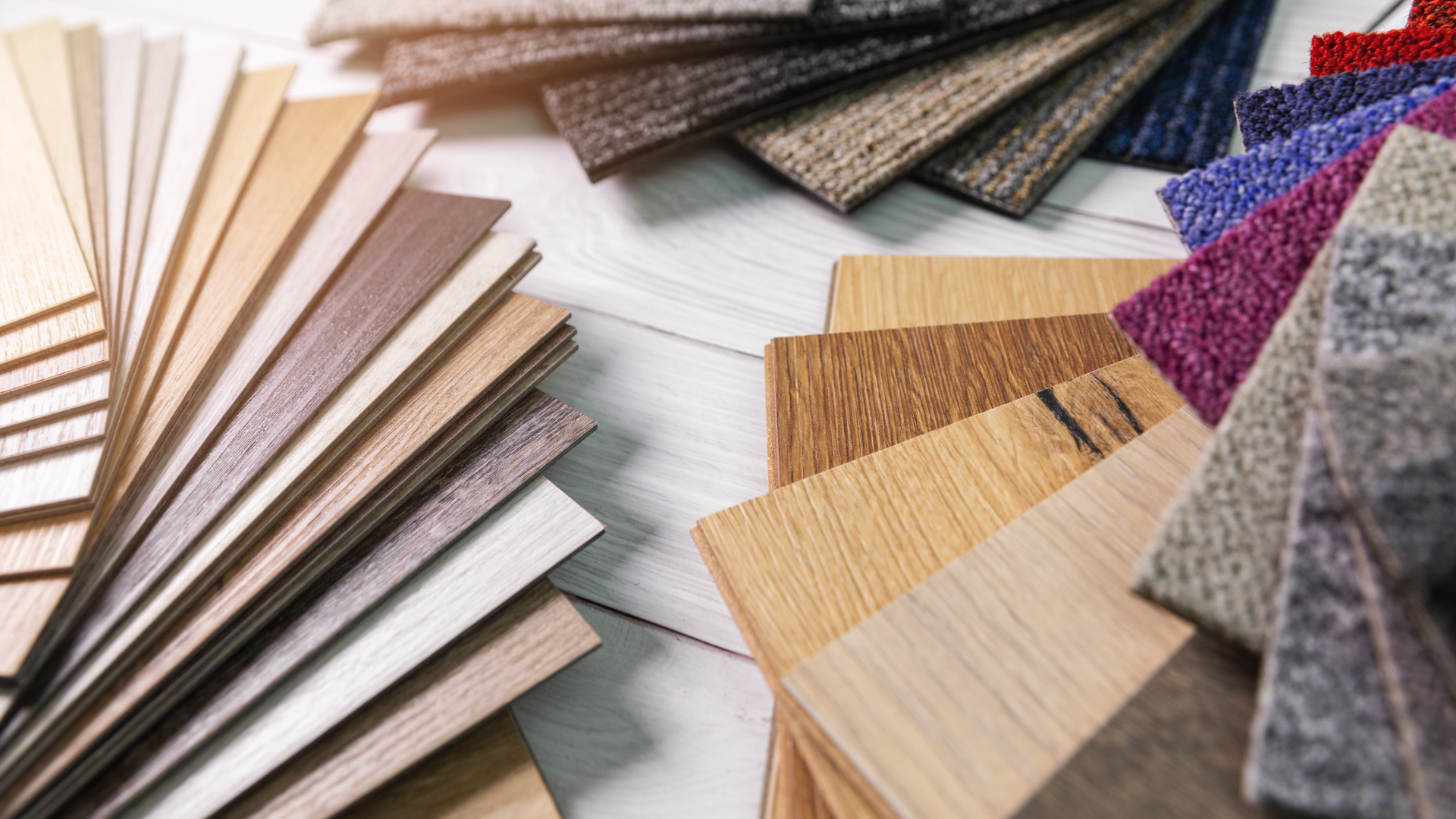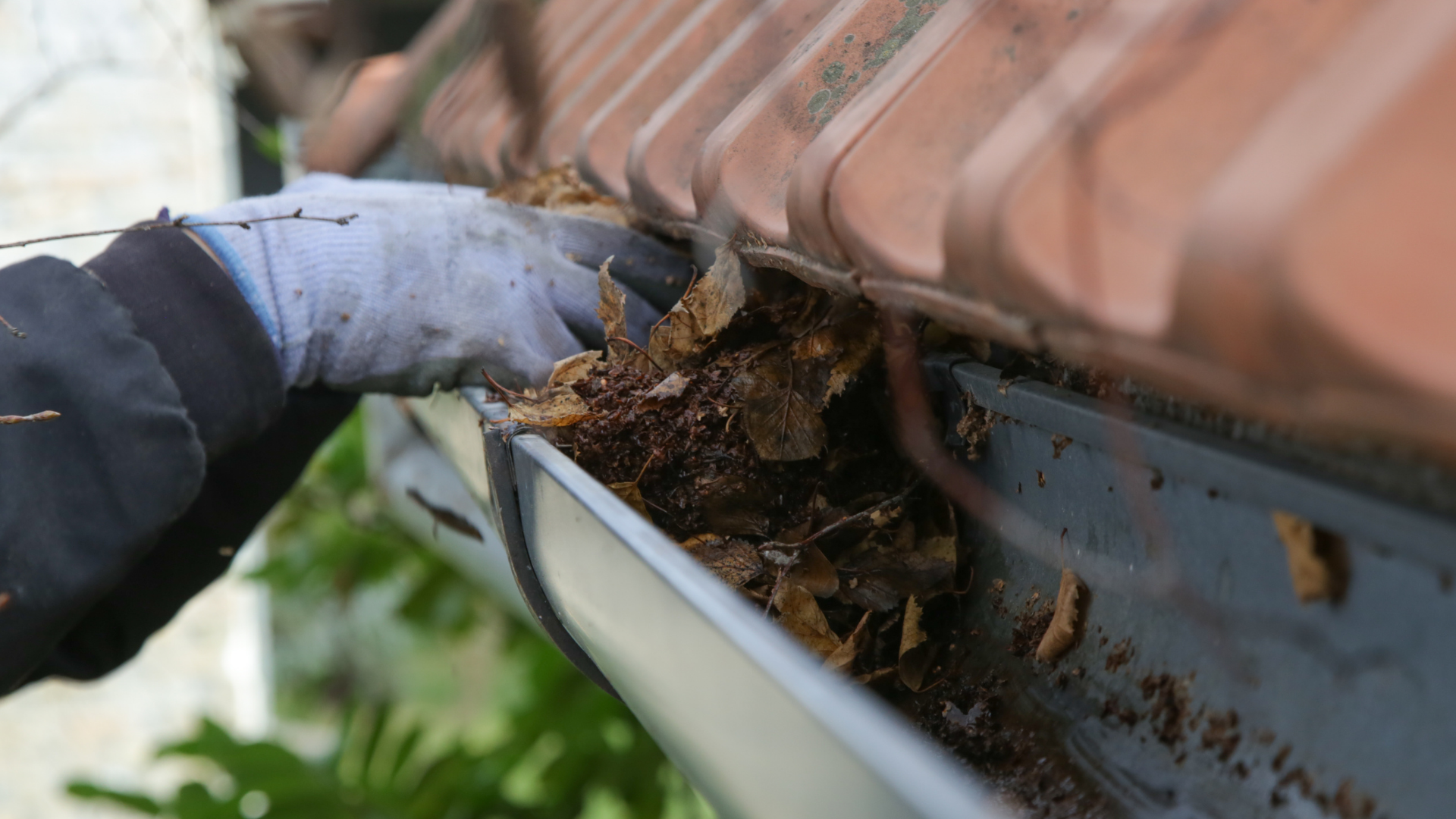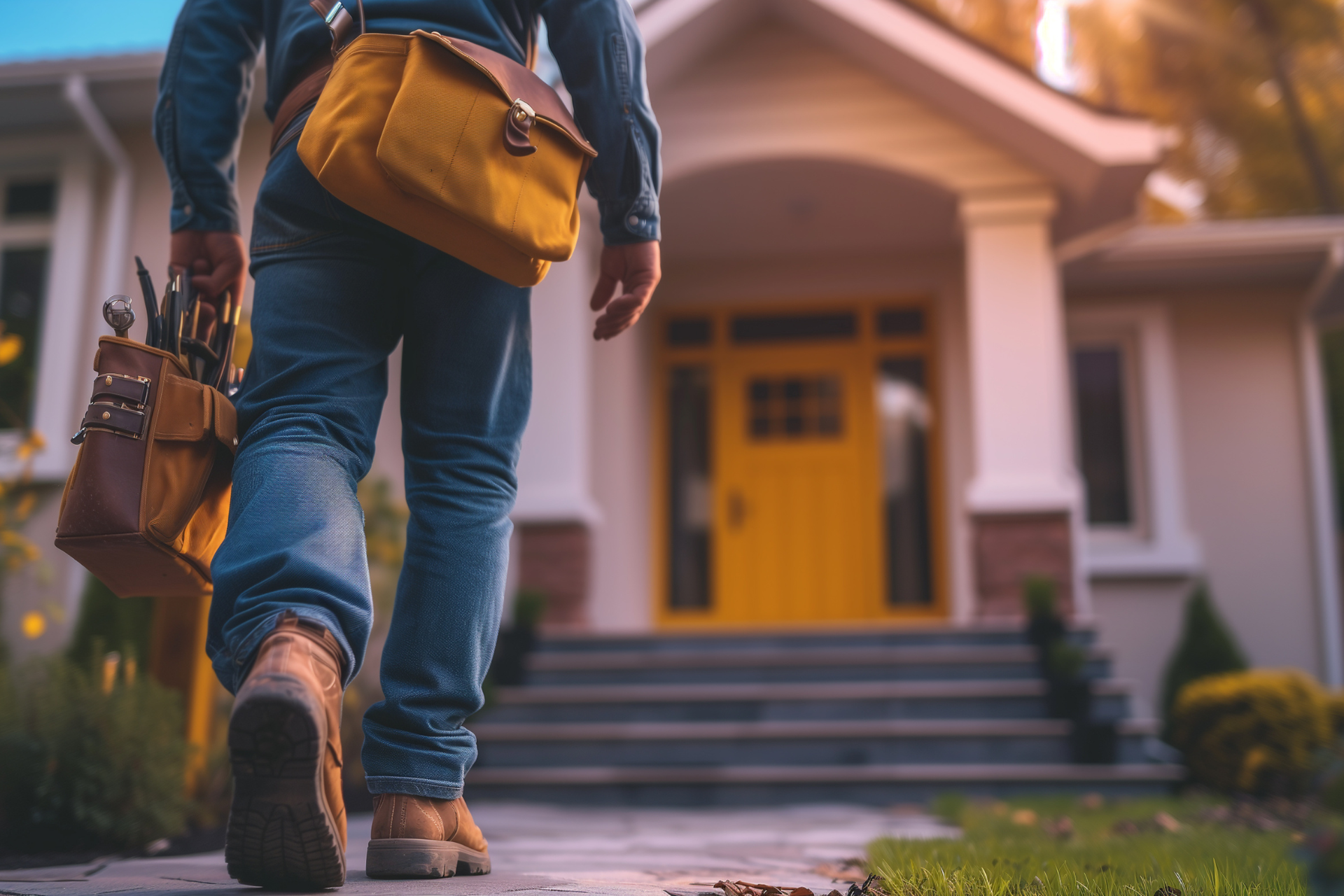Keeping Siding In Good Condition
How Siding Repairs Protect Home Exteriors
A home’s siding does a lot more than make the exterior look attractive. It’s one of the main defenses between your living space and the outside world. While it gives a property a finished look, it also serves as a barrier that helps keep out moisture, pests, and other environmental elements that could threaten the structure beneath. Over time, exposure to the elements gradually wears away at that protection, so caring for your siding is crucial to maintaining both its appearance and durability.
Many homeowners don’t realize how much stress their siding endures throughout the year. From intense sunlight in the summer to freezing temperatures in the winter, it takes a constant beating. Regular maintenance and timely attention to damage not only preserve its look but also help prevent small issues from turning into costly repairs down the road.
Damage From Harsh Weather
Few things are as relentless as the weather when it comes to wearing down siding. The sun’s ultraviolet rays can dry out certain materials and cause them to fade or crack. In areas that see heavy rainfall, lingering moisture may seep into seams or behind siding panels, which can lead to swelling or warping. Even wind plays a part, pushing debris against the surface and wearing away protective coatings over time.
Temperature swings add another layer of stress. When it gets hot, materials expand. When it cools down, they contract. This natural cycle of movement can cause fasteners to loosen, joints to gap, and paint or finishes to flake off. Over the years, that constant expansion and contraction can weaken structural integrity and allow water to slip into hidden spots. Once moisture gets trapped behind the exterior layer, mold or rot may begin to develop without much visible warning.
In coastal or humid regions, salt and excess dampness can speed up deterioration. On the other hand, dry climates create brittleness, which makes certain siding materials more prone to cracking. Every region presents its own challenges, and the best approach to keeping siding in good condition is understanding how your local climate affects it and adjusting maintenance routines accordingly.
Pests And Structural Risks
While weather is the most obvious threat, living creatures can be equally destructive. Termites and carpenter ants can find their way into even the smallest cracks, especially where wooden siding is used. Once inside, they quietly chew through fibers, weakening support beams and internal structures. Even vinyl or fiber cement aren’t completely immune if there are exposed wooden frames behind it, since insects can enter through gaps or loose seams.
Birds can also become a problem. Woodpeckers, for instance, may peck at wooden siding in search of insects or a place to nest. The holes they leave behind aren’t just unsightly, they become direct entry points for water and more pests. Rodents occasionally gnaw on edges or crawl into crevices, further increasing damage.
Small infestations might go unnoticed for months, but over time the destruction accumulates. Once pests gain interioraccess, the harm can extend deeper than what’s visible from the outside. That’s why early detection and quick repair are so important. Preventing openings in the first place is much easier and far less expensive than addressing structural problems later.
Knowing When Repairs Are Needed
Homeowners often overlook damage because it develops slowly. However, there are warning signs that shouldn’t be ignored. Bubbling paint, soft or warped sections, or a faint musty odor near exterior walls can signal moisture trapped behind siding. Cracks or holes are another red flag, as they allow water and insects to get in. If panels seem loose or rattle slightly on windy days, that’s a hint that fasteners may have failed or underlying supports are shifting.
Discoloration can also be a sign of trouble. Fading might seem like a purely cosmetic issue, but sometimes it points to deeper wear caused by prolonged UV exposure. And if you notice sections that seem to bulge outward, it may mean water has swollen the material or caused the underlying wood to rot.
Delaying siding repairs can lead to much bigger issues, including damage to insulation and interior walls. Acting at the first sign of deterioration helps protect your home from larger structural concerns. It’s worth taking a walk around your property every few months, especially after storms or seasonal changes, to look for anything that seems out of place.
Benefits Of Professional Service
While some homeowners handle minor fixes themselves, there’s real value in calling in professionals for more significant work. Skilled technicians understand how to spot hidden problems that an untrained eye might miss. They know which materials and sealants perform best in your region’s climate and can restore damaged siding without compromising the surrounding structure.
Professional repairs also tend to last longer. When properly installed and sealed, it becomes a more efficient insulator, which can help regulate indoor temperatures and even reduce energy costs. Beyond comfort, keeping your siding in good condition prevents moisture from sneaking into walls where it could cause long-term harm.
Another advantage is cost efficiency over time. Fixing a few problem spots now costs far less than replacing entire sections later. Contractors often inspect nearby areas while making repairs, catching other issues early. This proactive approach can add years to the life of your siding, ultimately preserving both its structure and appearance.
Preventative Maintenance Tips
Caring for your home’s siding doesn’t have to be complicated. A little attention goes a long way toward keeping it in shape. Cleaning the surface at least once or twice a year helps wash away dirt, pollen, and mildew before they can settle in and cause staining. Gentle scrubbing with mild soap and water works for most materials, but it’s best to avoid harsh chemicals or power washing at high pressure, as these can strip finishes or force moisture behind the panels.
Regular inspections are another key part of upkeep. Look for loose nails, small cracks, or gaps around windows and doors. Caulking and sealing these spots helps block out moisture and pests. Trimming trees and shrubs around the house prevents branches from rubbing against the siding and damaging the finish. Gutters should also be kept clear so rainwater drains properly instead of running down the walls.
Once every few years, it’s worth having a professional evaluation. Even if everything looks fine on the surface, they can check for hidden problems, especially in older homes where siding layers may have shifted or deteriorated over time. By addressing issues before they escalate, you’ll save yourself from bigger headaches later.
Taking care of your siding isn’t just about curb appeal, it’s about protecting one of your biggest investments. With routine care, prompt attention to minor damage, and occasional professional help, your home will continue to stand strong against the elements and unwanted pests for many years to come.
If you’ve noticed signs of wear or simply want an expert opinion, it’s time to bring in our experts. Our experienced team provides reliable siding repair and maintenance services that restore your home’s exterior to its best condition.
Contact us at B&G Remodeling today to schedule an inspection or consultation and keep your property looking and performing its best season after season.

